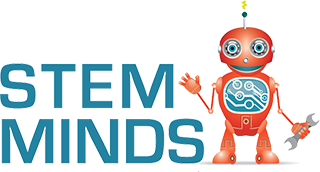The Data Science training allows you to implement the methods and tools intended to interpret the data.

The Data Science training allows you to implement the methods and tools intended to interpret the data.
Pedagogical objectives of the Data Science Training:
Data Science Training Course:
We offer our clients a range of services: from project support to management coaching, but also leadership coaching and NLP.

This two-day course provides students with the knowledge and skills to analyze data with Power BI.

Discovering Artificial Intelligence (AI) within Computer Generated Imaging (CGI). Understanding the theoretical aspects and the ongoing research. Integrating AI into daily creative work, visual creations, architecture, design and art. Exploring the AI ??universe.

This two-day course provides students with the knowledge and skills to analyze data with Power BI. Prerequisites: Basic knowledge of the Microsoft Windows operating system and its core functionality; Familiarity with Microsoft Office applications – particularly Excel.

Artificial Intelligence has continued to become more and more sophisticated from social media to search engines to auto correct, we have made a lot of progress in behaviour prediction.

This course is designed for experienced programmers and those with a solid working knowledge of computing technology looking to gain the skills needed to successfully use these key libraries to extract useful insights from data, and as a result, provide great value to the business.
© 2025 coursetakers.com All Rights Reserved. Terms and Conditions of use | Privacy Policy